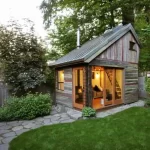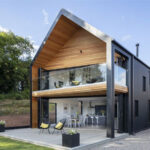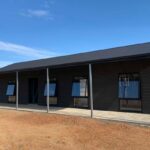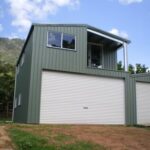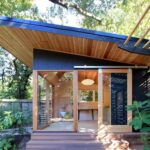Livable sheds have become a popular housing option in recent years, offering a cost-effective and versatile solution for those looking to downsize or simplify their living space. These structures are essentially sheds that have been converted into livable, habitable spaces, providing an affordable alternative to traditional housing options.
One of the key benefits of livable sheds is their affordability. Compared to purchasing a traditional home or renting an apartment, livable sheds offer a much more budget-friendly option. This can be particularly attractive for those on a limited budget or those looking to reduce their housing expenses and live a more minimalist lifestyle.
In addition to their affordability, livable sheds also offer a great deal of flexibility in terms of design and customization. Homeowners can personalize their shed to suit their specific needs and preferences, whether it be used as a small studio apartment, a home office, a guest house, or even a vacation retreat. This flexibility allows for a wide range of possibilities and can cater to a variety of living arrangements.
Livable sheds are also a great option for those looking to reduce their environmental impact. These structures can be built using sustainable materials and techniques, making them a more eco-friendly housing option. Additionally, the smaller size of livable sheds means that they require less energy to heat and cool, further reducing their environmental footprint.
Another advantage of livable sheds is their portability. Unlike traditional homes, sheds can be easily relocated if needed, allowing homeowners to take their living space with them if they need to move. This can be particularly useful for those who may need to relocate frequently or for those looking for a temporary housing solution.
Overall, livable sheds offer a unique and practical housing option for those looking to simplify their living space, reduce their expenses, and minimize their environmental impact. With their affordability, flexibility, and portability, these structures provide a viable alternative to traditional housing options and can be a great choice for those seeking a more minimalist and sustainable way of living.


